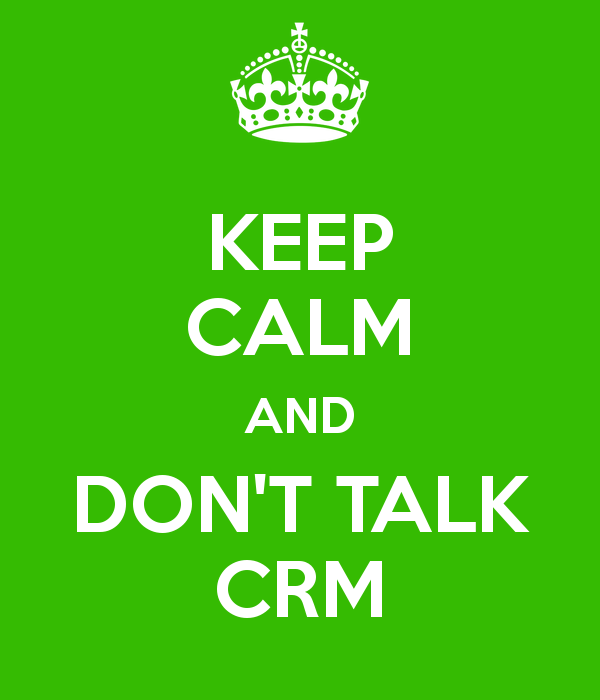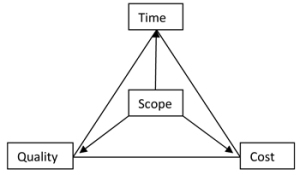For years, I have been preaching to anyone that will listen that the strategy must come before the software. People + Processes + Technology. I have used examples such as buying a car to explain my argument.
Most people would not go out and buy the car that looks best. They would first of all decide what they need a car for. They might then decide on a few criteria to narrow the search depending upon their own needs. safety, Speed, Economy, Luggage capacity, Auto, Price etc. Once this “strategy” had been reached, the search for a car could begin.
I have always believed that CRM software should underpin the business strategy and facilitate providing benefits to the organisation and its clients. However, maybe I was wrong?
Technology is now at a stage where it is providing features and capabilities that can INFORM a Strategy. In other words, a business strategy could be built around a CRM tool. Having seen some of the latest tools and capabilities from the likes of Salesforce, Sugar, Oracle, Kana etc, I am increasingly convinced that for many organisations thinking about CRM, the software could give them market leading strategies and game changing capability. There are capabilities that many companies would not have thought of which might create huge value. In the past, industry processes led the design for software. Now it seems that software design is opening new doors for business processes. Just look at how Social Media has “forced” organisations to change its internal and external processes. Does your organisation have a Social Media strategy? If so, I bet it has only been developed in the last two years.
I can imagine young or smaller enterprises could benefit from this wave of new capability. App Exchanges and Open Source platforms are driving a wealth of rich, new CRM capability that is beyond the imagination of most companies.
With immature processes and potentially tight budgets, a software led strategy can help enforce new processes (that could be leading practice for that industry) and can help cement in customer centric processes.
However, I still believe that larger organisations will need to develop strategies first and then find software that can support and extend those strategies. It will be interesting to see how the SaaS model affects uniformity and adherence to standardised processes and whether we do start to see software led customer centric transformations.
I would be very keen to hear any thoughts or experiences on this topic.







